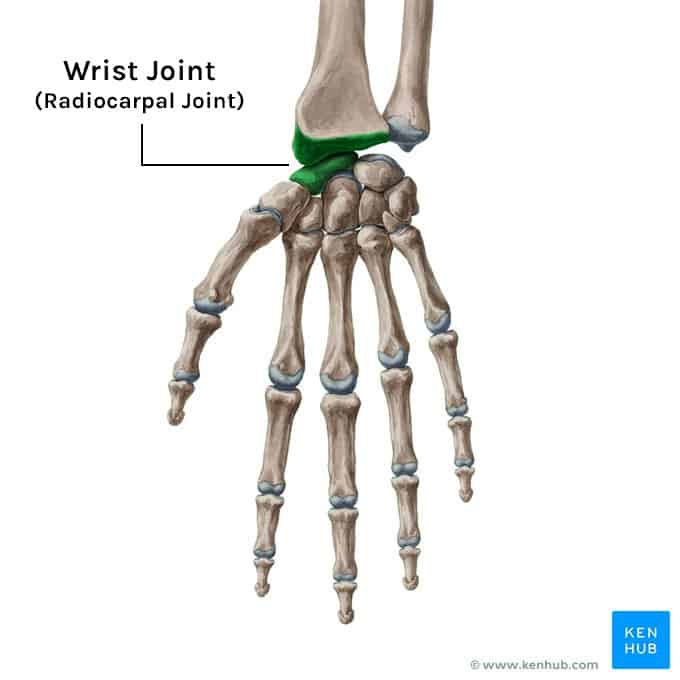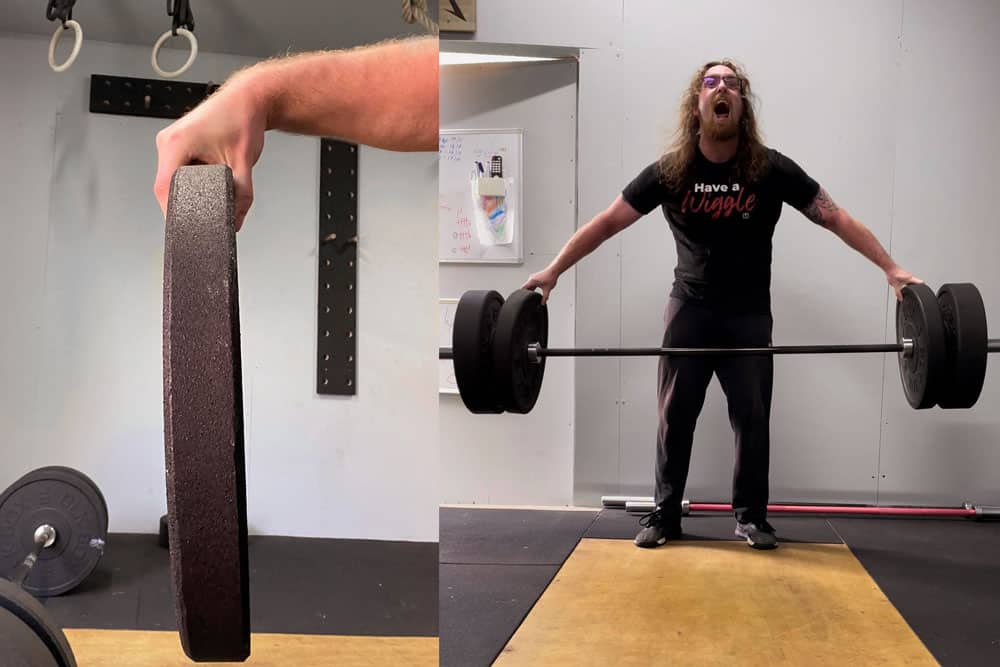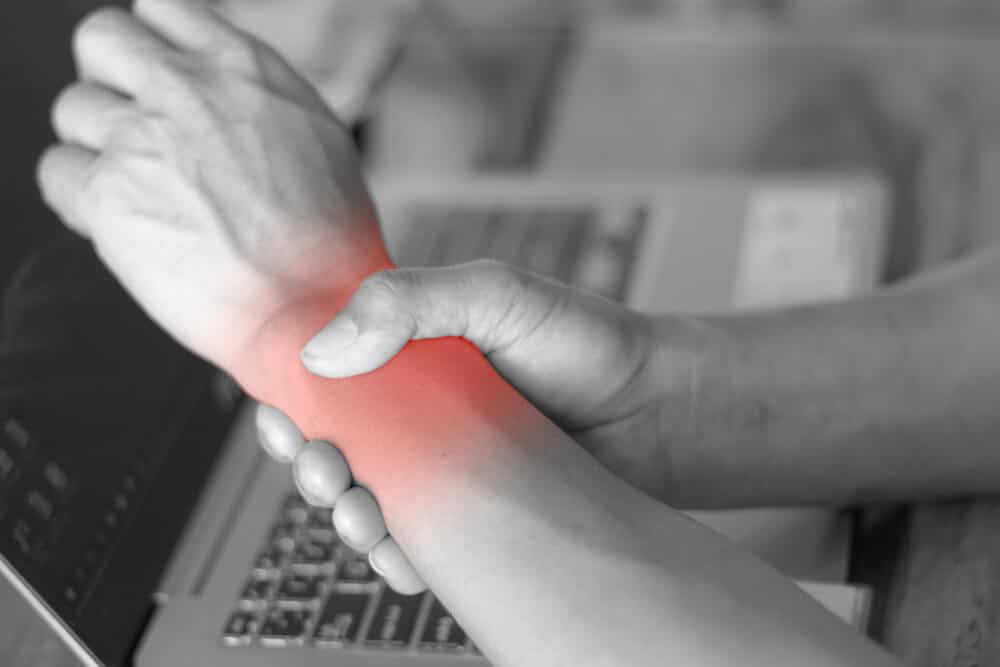Many people overlook the little guys, but if you’ve ever had a wrist or hand injury, you know how limiting it is! And frustrating! Like… the rest of your body is fine… but you can’t hold anything!
Knowledge around wrist health & strength is severely lacking. It’s shocking to see just how little aftercare people are given after a wrist injury – they’re basically rehabbed just enough to be able to hold the TV remote again.
As for checking for full range of motion?
Forget about it.


The muscles for the wrists are actually in your forearm, and control movement via long tendons, which is why you can get really sore forearms from carrying heavy stuff (e.g. heavy garden slabs) – that’s wrist DOMs! The muscles for your fingers also live in your forearm, so anything that fatigues your grip will also be felt in the forearm.
Wrist Flexibility
So do we need to try and stretch our forearms?!
How do we start building strength and flexibility in our wrists?!
Gently, and daily of course!
This simple collection of stretches below has stood the test of time. They were first shown to me in martial arts classes as conditioning against wrist locks, and then again in gymnastics; that’s two disciplines who have pretty durable wrists!
The best part is they’re easy to remember! Just do flexion (palms up) and extension (palms down) with your fingers pointing forwards, backwards, left & right and you’ll have each bit covered!
The easiest ways to stick to these stretches is to just spend 1-2 minutes moving between each variation any time you’re doing a bit of stretching or warming up for a workout.Flexion (palms up) can be tricky at first, it’s common for it to be really uncomfortable if you’ve never done it before, but gently apply pressure over time and you’ll find your body adapts pretty quickly – just don’t push into sharp pain!
If you do feel pain, regress the stretch so instead of pushing into the floor, simply use one hand to gently push the other into flexion until you build up tolerance, because you don’t want to avoid flexion! Think of it like this, your wrist can bend both ways, but if you never do it, that’s like never turning your head left… ever! Can you imagine how your neck would feel after years of that?
If you suffer from elbow pain or recurring tendonitis you may find that flexion is particularly hard, because when the wrist doesn’t move well who do you think has to pick up the slack? Your poor elbow! Doing these stretches is a great way to say sorry and eliminate your elbow pain!
Wrist Strength
Stick to the variations in the videos and over the course of a few months start to increase the pressure you put through the positions to increase how much you can tolerate. It’s not essential but it’s pretty fun to work your way up to holding a plank on the backs of your hands – I’m even able to do push ups on the back of my wrists! Definitely not essential by any means! But hopefully you can see just how strong your wrists can be in both directions.

You’re not going to start doing 1RM Flex Wrist Bench Press (no seriously, don’t!), but if you NEVER put pressure in your wrists in flexion (or think of it as dangerous) then your wrists are only half of what they could be and all of the surrounding muscles are being left weak. Plus, we all lose range of motion & strength as we age, surely it’s best to start with as much as possible?
Plus, some ideas of how to use basic equipment for added wrist strength:
Don’t Forget Your Grip
Outside of stretching and increasing load, you want to think about your grip. As mentioned, the wrist & finger muscles work closely together, so a strong grip can really help bulletproof your wrists.

… pull ups while holding a towel over the bar, rope climbs, using gymnastics rings so that you can pull from all angles, or take up bouldering/climbing as a hobby!

